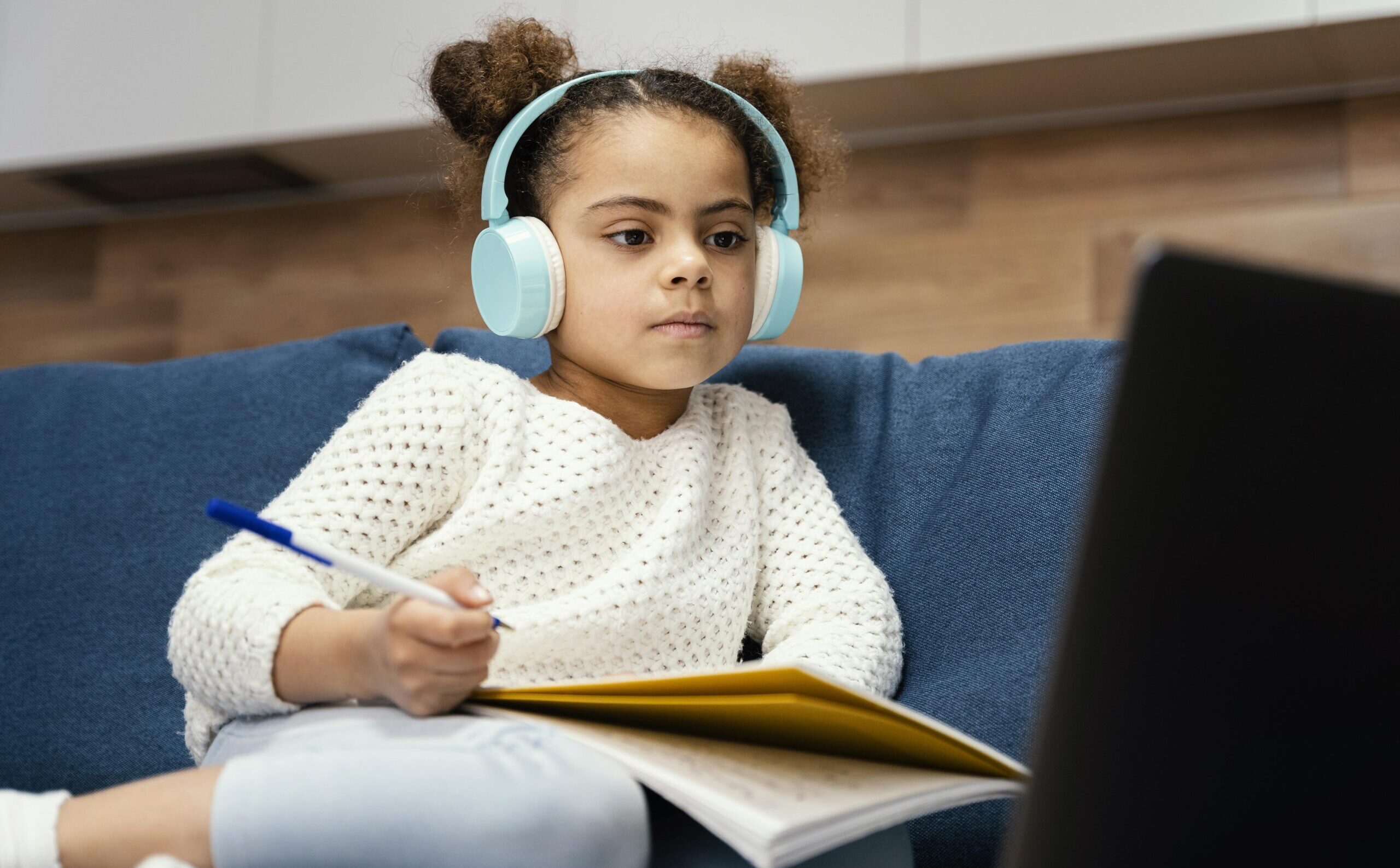In the past few years, technology progress, changing educational needs, and the effects of the COVID-19 pandemic around the world have all led to big changes in online learning. As we look ahead, we can see that online education is changing because of a number of trends and expectations. This piece talks about these important changes and what they mean for students and teachers.
Rise of Artificial Intelligence and Personalized Learning
AI-Powered Learning Platforms
Personalized learning experiences made possible by artificial intelligence (AI) are changing the way people learn online. AI algorithms look at information about each student to give them personalized lessons, tests that change based on their performance, and comments. This technology can find areas where people are not learning as much as they should and offer resources that will help them, which makes learning better overall.
Intelligent Tutoring Systems
Intelligent tutoring systems (ITS) are getting smarter and can now offer one-on-one education that feels like talking to a real person. These systems use natural language processing to understand what students are asking and give them answers. This makes learning more fun and involved.
Expansion of Microlearning and Modular Courses
Bite-Sized Learning
Microlearning is becoming more popular. It involves short, focused learning lessons. This method works with the way modern learners like to take in information in small chunks, which makes it easier to learn when they are busy. A lot of the time, microlearning modules are provided through mobile apps, which let students learn whenever and wherever they want.
Stackable Credentials
Learning paths can be changed and customized with modular classes and credentials that can be stacked. Learners can finish separate courses that add up to a bigger qualification, like a degree or professional certification. This trend encourages people to keep learning throughout their lives and lets them keep their skills up to date in a job market that is always changing.
Immersive Learning Experiences with VR and AR
Virtual Reality (VR)
Virtual reality (VR) is changing the way people learn online by making immersive settings that keep students interested and help them remember what they have learned. Students can learn about complicated ideas, do virtual studies, and practice skills in a safe, controlled environment with VR simulations. This technology is particularly valuable in areas such as medicine, engineering, and the sciences.
Augmented Reality (AR)
Augmented reality (AR) adds digital information to the real world, making learning more fun and engaging. AR can bring textbooks to life, letting students see how historical events happened, look at models of the human body, and interact with material. This mix of real-life and online learning is likely to become more common in online schools.
Growth of Collaborative and Social Learning
Online Learning Communities
Online learning communities and social tools are making it easier for people to work together to learn. These groups help students feel like they fit and are supported by letting them connect, share information, and work together on projects. Discussion boards, group projects, and peer reviews are all examples of social learning tools that are essential for making online classes interactive and interesting.
Gamification
Gamification uses game design aspects in classrooms to get students interested and motivated. Learning is fun and competitive when you use points, badges, leaderboards, and awards. This method works especially well for keeping younger students interested, but it can be used with students of all ages and topics.
Increased Emphasis on Soft Skills and Holistic Education
Development of Soft Skills
In the future of online learning, it will not only be about learning technical skills, but also about learning important “soft skills.” Communication, teamwork, critical thinking, and problem-solving skills are being taught in more and more courses. These skills are very important in today’s job market, and they are being taught online through real-life examples and interactive tasks.
Holistic Education
A holistic approach to education looks at the student as a whole, including their emotional and social growth. Online learning platforms are adding things like mindfulness activities, stress management workshops, and counseling services to help students’ mental health and well-being. This all-around method makes sure that students are well-rounded and ready for the many challenges they will face in life.
Democratization of Education and Global Reach
Accessibility and Inclusivity
Online learning could make education more accessible to everyone by making it available to people all over the world. Students from all walks of life can get a good education as long as they have access to the internet and can buy the devices they need. Courses that are open and meet the needs of all students, including those with disabilities, are being worked on.
Global Collaborations
Schools are teaming up with schools around the world to offer joint classes and programs. Students can learn from experts from around the world and get different points of view through these partnerships. Interacting with people from other cultures and going on trips abroad improve the learning process and get students ready for life in a worldwide world.
Conclusion
Innovations in technology, personalized experiences, and easier access will make the future of online learning exciting and lively. As these trends continue to change, online education will become an even more important part of the future of learning, giving people the chance to learn new things and grow as people throughout their lives. By using these new technologies, teachers and students can look forward to a more involved, welcoming, and useful learning environment.
